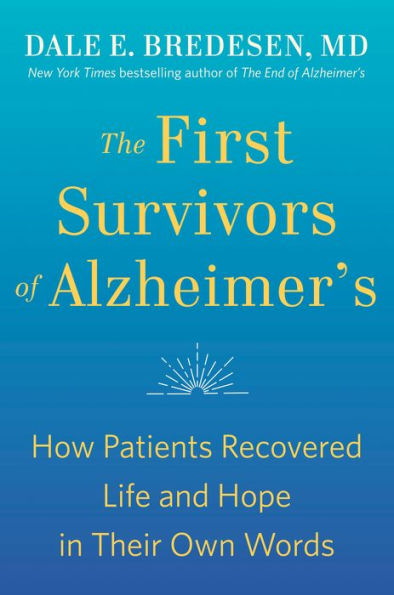5
1

The First Survivors of Alzheimer's: How Patients Recovered Life and Hope in Their Own Words
272
The First Survivors of Alzheimer's: How Patients Recovered Life and Hope in Their Own Words
272Paperback
$15.99
$18.00
Save 11%
Current price is $15.99, Original price is $18. You Save 11%.
15.99
In Stock

Product Details
| ISBN-13: | 9780593192429 |
|---|---|
| Publisher: | Penguin Publishing Group |
| Publication date: | 08/17/2021 |
| Pages: | 272 |
| Sales rank: | 122,689 |
| Product dimensions: | 5.40(w) x 8.10(h) x 0.90(d) |
About the Author
From the B&N Reads Blog
